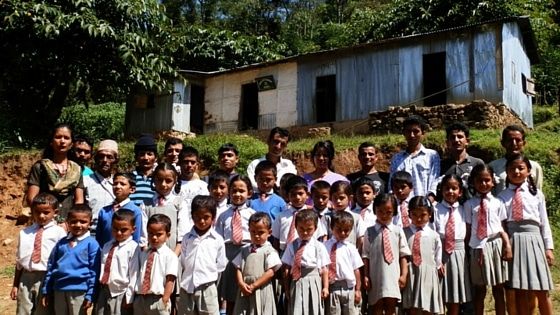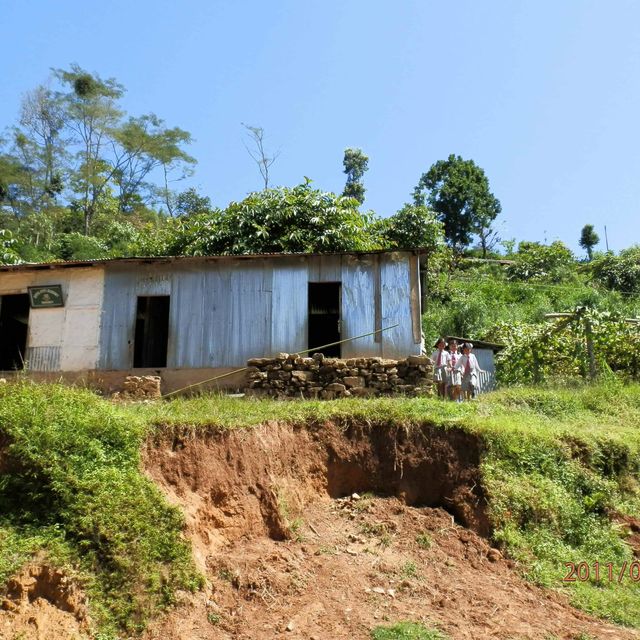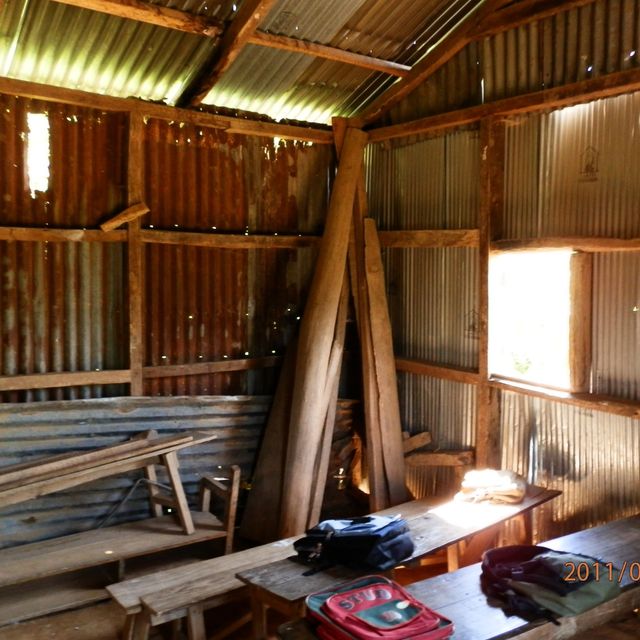
31/05/2016 by Michael Matergia 0 Comments
Private Schools in Rural Communities of the Darjeeling Hills (Part II): A Glimpse of Reality
Michael takes a look at Divya Jyoti, one of the CHHIP schools in the Darjeeling Hills, in part 2 of a 3 part series on Indian "private schools".
This is part 2 of a 3 part blog post that was originally published on the American Indian Foundation Clinton Fellows Blog .
In my previous post, I wrote about the rapid growth of private schools in rural communities of the Darjeeling Hills. This year the Primary School Comprehensive Health and Hygiene Program (CHHIP) will be piloted in seven rural primary schools. Four of these schools are un-aided community private schools.
In the minds of many readers, I am sure that the words “private school” carry a particular connotation. Private schools often bring to mind elite, expensive schools that provide a quality education for higher socioeconomic groups. While this image certainly holds true for many of the boarding schools in Darjeeling, the private schools where CHHIP will operate are starkly different.
A view of Divya Jyoti
One example of a typical rural private school in the Darjeeling Hills is Divya Jyoti Academy. Divya Jyoti is an English medium school established about ten years ago after parents became frustrated by the dysfunction of their local government school.
Divya Jyoti is constructed of corrugated tin and wooden beams. Classrooms are small, dark spaces with mud packed floors, and are separated by thin plywood. There is no electricity or running water and only a few windows (although the holes in the tin let sufficient light in on a sunny day). There are two toilets present but the situation can only be described as grim and unhygienic. As a private school the students are not eligible to benefit from the national mid-day meal scheme and must rely on their parent’s for nutritious packed lunches. Textbooks, uniforms, and school supplies must be supplied by the parents, which can often become a burden on these families. The average family income is about 2,000-4,000 INR ($40-80) per month.
The teachers tend to be young local women who have some degree of education and are unable to find other employment. These teachers tend to be committed and energetic, working for less than 1/15th of the salary paid to permanent government school teachers. Even at this low of a rate the vast majority of school fees collected are invested in staff salary ensuring a positive student-teacher ratio. However the low salary also builds into the system high rates of attrition.
Despite these challenges, there is a tangible excitement towards learning among the teachers and administrators.
In this context, there is great potential for a partnership between the school, community, and CHHIP which will ultimately benefit the health and education of the students.




Comments
Leave a comment